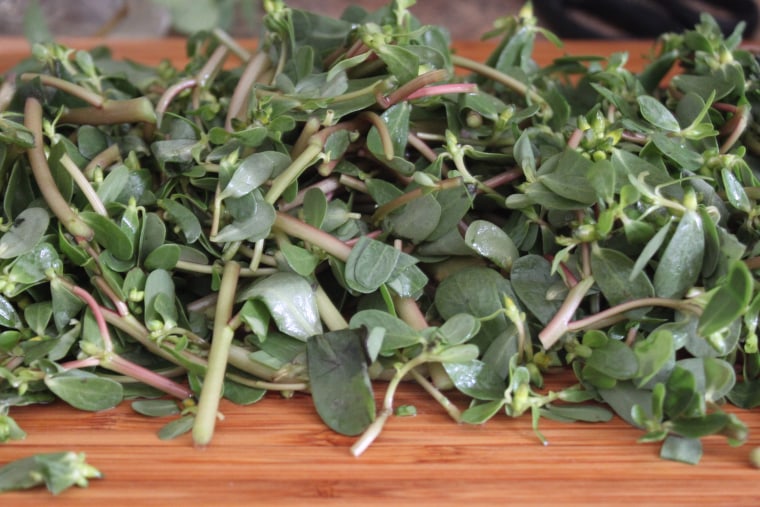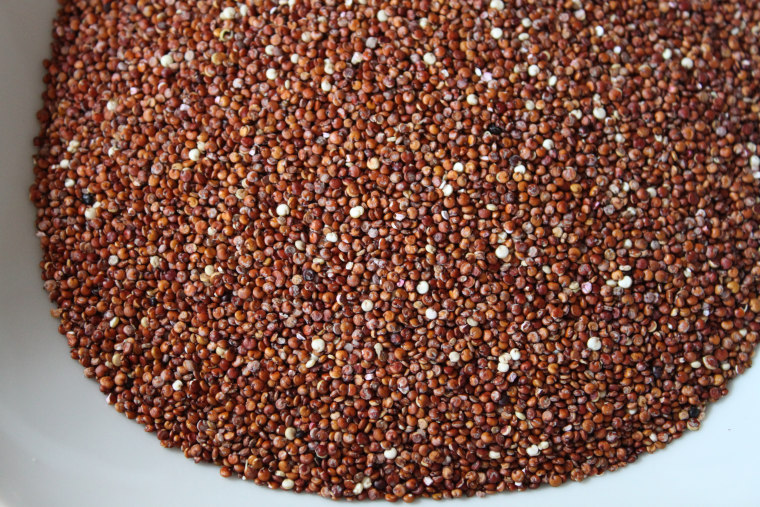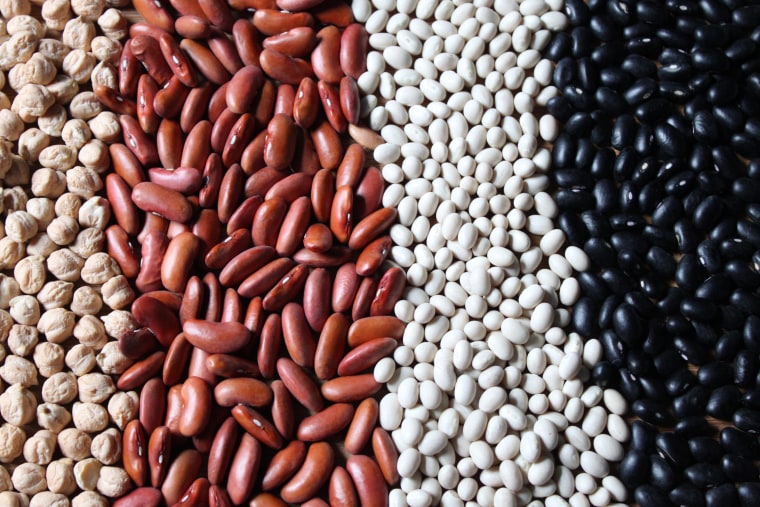The USDA released a set of dietary guidelines Thursday and while there is always room to improve our eating habits, Latinos can take comfort knowing that there is a lot they’ve been doing right.
For Drs. Luz Calvo and Catriona Rueda Esquibel, authors of Decolonize Your Diet: Plant-Based Mexican-American Recipes for Health and Healing, the guidelines cover familiar ground.
“A traditional Mesoamerican diet is naturally high in fruits, vegetables, and whole grains, such as corn tortillas,” they explain. But, they also caution against over generalizations.
“One thing that concerns us is the way, when talking about the guidelines, reports are already slipping from “whole grain” to “whole wheat,” erasing whole grain foods like corn tortillas that are a part of a healthy diet, ” they explain.
While there are no easy answers, here are five ways traditional Latino foods can help keep you in step with an improved American diet:
1. Break out the beans. Cubans cannot live without black beans and Puerto Ricans swear by arroz con gandules (pigeon peas), while Mexicans rarely discriminate when it comes to legumes - all are welcome. Forget the can of refried beans in the back of the pantry and seek out recipes for homemade soups and stews flavored with fresh herbs and vegetables for added nutritional value.
2. Go green. We’ve been told to seek out dark, leafy greens but if the prospect of limp spinach and bitter chard is unappealing, consider verdolagas instead. Known as purslane in the United States where it grows like a weed, the overlooked green is rich in omega-3 and retains its bright citrus flavor even when cooked into soups and stews.

3. Go fish. While the traditional Latino diet includes plenty of pork and poultry, fish and seafood have always been part of the weekly rotation. Consider baked fish in a fresh herb salsa verde, lightly sautéed shellfish (like camarones enchilados) and marinated ceviches to help restore some balance.
4. Get to the grains. Calling quinoa a whole grain is only half the story. While technically a seed, quinoa is a great substitute for the white rice and over-processed flours we need to cut back on. Together with amaranth and chia seeds, these so-called ancient grains offer the nutritional trifecta of protein, fiber, and vitamins.

5. Diversify your fruit selection. We’ve been rightfully warned away from sugar - a vice that Latino and non-Latinos share. Fortunately, there is an array of nutrient-rich fruits that go far to satisfy those sweet cravings. First of all, substitute whole fruit for fruit juices or nectars. And if you’re relying on tropical citrus fruits to get through the winter, consider adding fiber-heavy mangoes, mameys and papaya to the mix as well.
